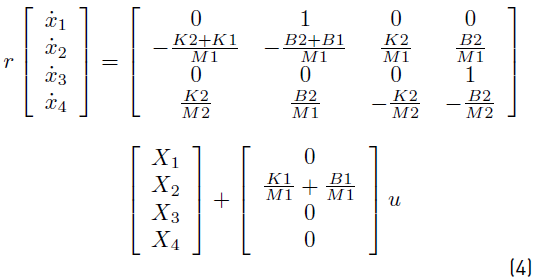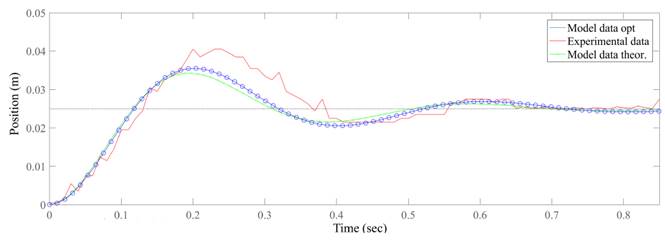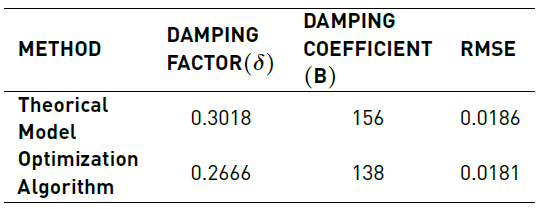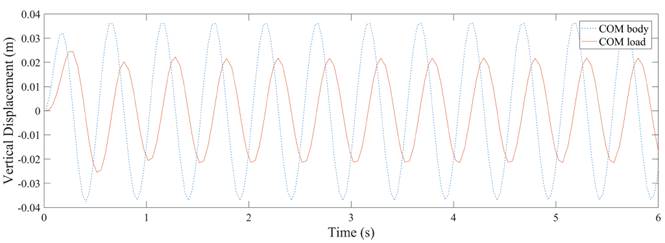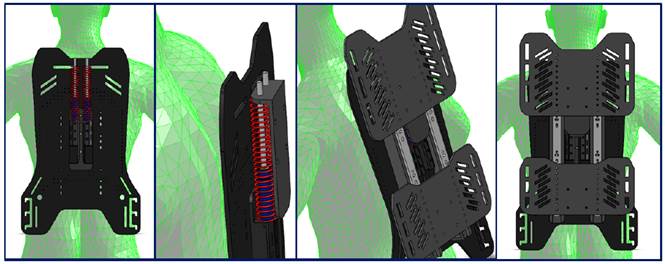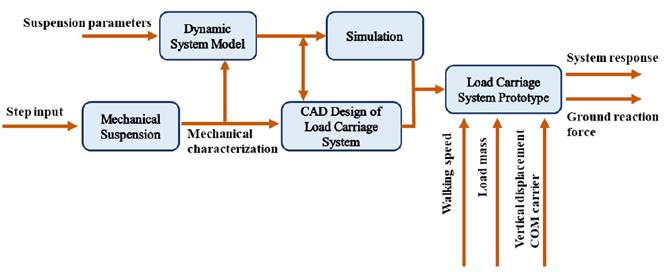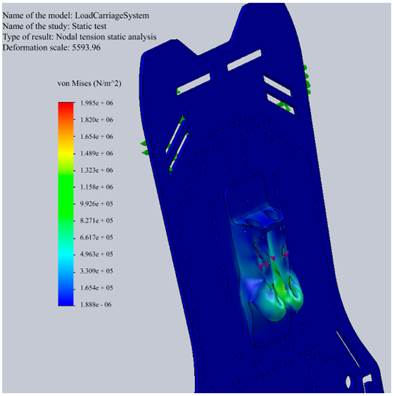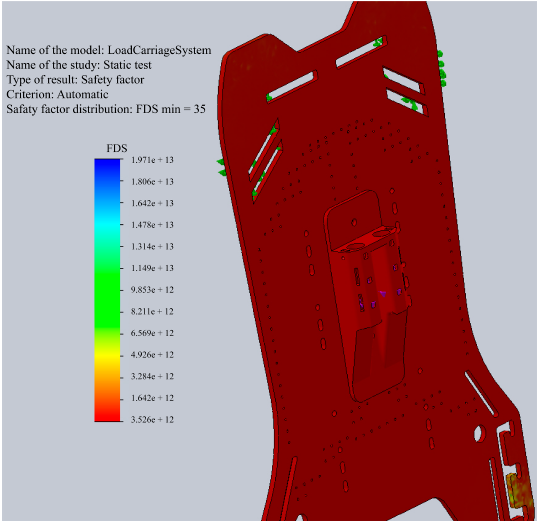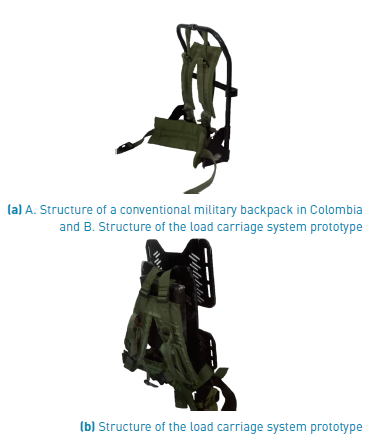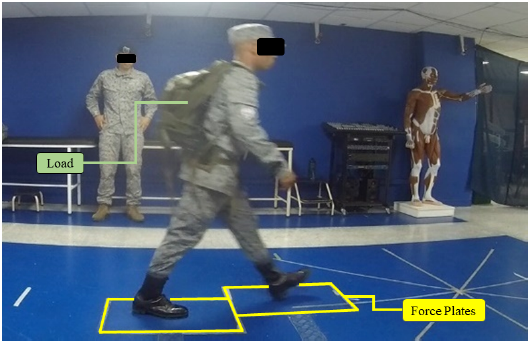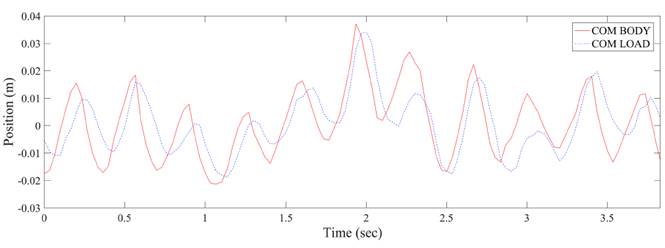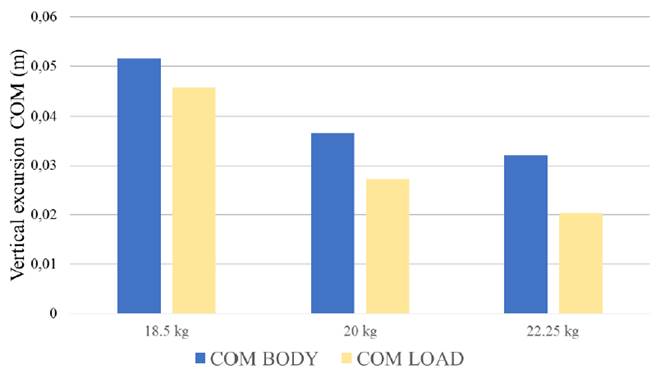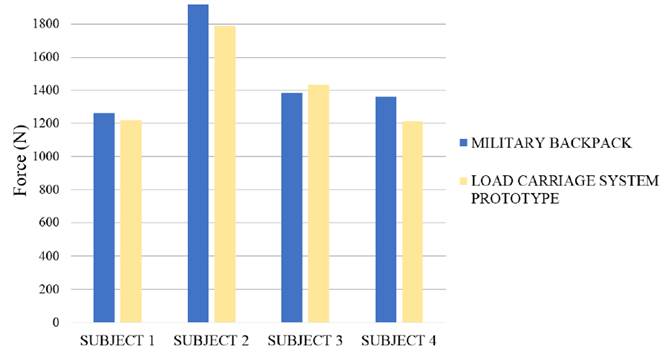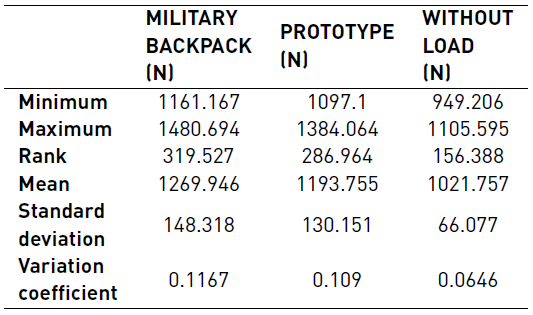1. Introduction
The members of the military forces constantly need to transport supplies, equipment, personal items, ammunition and clothing in training or field operations. This is an inevitable part of the everyday life of military troops. Infantry soldiers resort to military backpacks attached to a structure which serves as a load carriage system, often transported in the vehicle trunk [1].
The magnitude of the load generated by the weight carried by soldiers in their backpacks is significant [2]. The ground reaction forces increase as the weight of the carried load increases. The components that are most affected during the transportation of heavy loads are the Vertical Ground Reaction Force (VGRF) and the antero-posterior ground reaction force. The literature suggests that, at a constant walking speed, both peaks of VGRF curve increase in direct proportion to the weight of the load (of up to 50 kg) and some studies suggest that the VGRF increases approximately 10 N for every kilogram of additional external load [3]. Furthermore, the extensive time spent carrying the load, in addition to the irregular terrains travelled and harsh climatic conditions, all contribute to affecting the musculoskeletal system of soldiers at a physiological and biomechanical level [1]. As a consequence, there is a significant increase in energy expenditure [4-6].
Movement during walking is the product of forces or energy transfers that originate intrinsically and extrinsically. The Center of Mass (COM) of the body during walking, is characterized by having a non-rectilinear movement, yet it describes vertical and horizontal displacements, which lead to an increased metabolic expenditure. To improve gait performance, energy transfers are produced. The amplitude of the vertical displacement of the soldier COM while walking is close to 5-7 cm and is reflected in the military backpack thus describing a similar vertical displacement [4]. Said displacement results in an increase of the acceleration forces generated by the action of the load on the body. These forces can reach up to twice of those imposed by static weight, due to the acceleration of added masses. This causes a considerable increase in energy expenditure for the soldier carrying the load [6].
A new invention was introduced a few years back, which is called the suspended-load backpack, that reduces the vertical movement and forces generated by the load on the carrier leading to energetic benefits [7]. Some research groups have designed different concepts for suspension systems to be used in suspended-load backpacks. Results vary according to the mechanical parameters of suspension, the walking speed and the weight of the load. In some cases, there is a reduction in energy expenditure and acceleration forces [7] when transporting a military backpack and others show an increase [8].
In this research, a load carriage system with mechanical suspension was designed to reduce the vertical excursion of the COM of the load. The requirements of Colombian infantry soldiers are considered while maintaining a simple and economical design. The objective of the project was to develop a load carriage system with load suspension that reduces the vertical displacement of the backpack, thereby diminishing the acceleration forces acting on the soldier, in order to reduce the acceleration forces. The mechanical suspension of the system was simulated, a CAD model was designed, and a prototype version of the load carriage system was subsequently implemented. Experimental tests were carried out to validate the performance of the developed prototype and a pilot test was performed on Colombian military forces to assess the effect of the load carriage system in terms of kinetic parameters.
2. Design and methods
2.1 Suspension design and model
The vertical displacement of the COM of a person while walking can be approximated to a sinusoid with fixed frequency and amplitude [9]. To determine the suspension values of the load carriage system, the two-degree-of-freedom theoretical model proposed by [10] was used since the simulation results were strongly correlated with the experimental measurements. The model simulates the vertical displacement of the centers of mass of the carrier and the load, as illustrated in Figure 1. The model helps to determine the optimum coupling of the load (mass 2 denoted M2) with the COM of the carrier (mass 1 denoted M1). The model shows reduced peaks in the resulting forces and a reduction in energy consumption while walking.
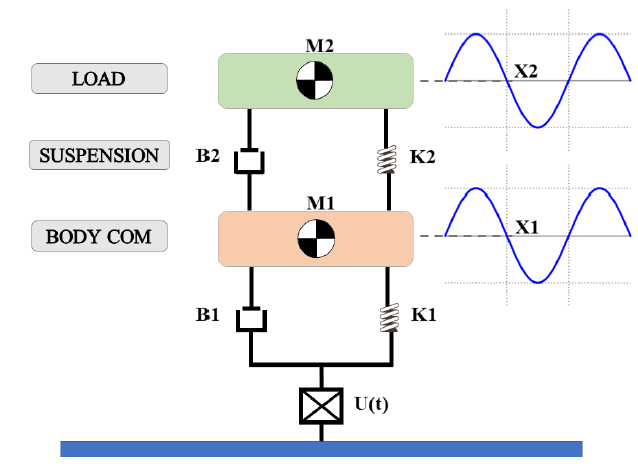
Figure 1 Double-mass coupled oscillator model used to approximate the vertical displacement of the center of mass with an added load while walking
Initially, [11] built a physical model of a suspended-load backpack to assess the kinetic and time-space effects. The prototype was built (6.7 kg) with four springs (elastic constant of 4026 N/m) for load oscillation, yet its damping coefficient was unknown. Subsequently [8] determined the mechanical characteristics of a conventional backpack and the influence of a load-suspended backpack while walking. It was concluded that any resonance effect between both movements can lead to a modified gait pattern and an increase in the forces generated by the load. Taking into account that previous research shows either increased or reduced energy expenditure when transporting a load in a backpack, [10] generated a spring-mass-damping model with two-degree-of-freedom to simulate a person walking while carrying a load. The developed model represents a system that vertically oscillates in place with a sinusoidal pattern. The length of the leg (U) in contact with the ground varies similarly to the theoretical models of inverted pendulum.
The equations of motion for the dynamic system shown in Figure 1 are detailed down below. An initial analysis of free body was carried out. Then, the state variables of the system are declared to establish their derivatives depending on said variables as well as the system input (U). Equation (1) represents the vertical displacement of the center of mass of the carrier (X1) and Equation (2) represents the vertical displacement of the center of mass of the load (X2). K denotes the suspension stiffness and B denotes the suspension damping. Based on the previous equations, the equation of state of the dynamic system is defined as seen in Equation (3). After replacing Equations (1) and (2), Equation (4) is obtained.
For M1 (body center of mass):
For M2 (mass of the load):
Equation of state of the dynamic system:
The values of parameters M1 (main mass), K1 (rigidity of the leg), and B1 (cushioning of the leg) are approximations to the values of an average human being. The oscillation amplitude of the actuator of the leg has a fixed value. The model has the same values as those used by [10], who conclude that the energy expenditure is reduced when the natural frequency of load suspension (W d ) is much lower than the walking frequency (W f ) as seen in Equation (5), because of its behavior as a vibration isolator. Hence, the movement of the load is decoupled from the movement of the body's COM during the act of walking.
2.2 Characterization of the suspension
The designed suspension differs from other types of suspension which have been used in suspended-load backpack systems. The proposed suspension system contains a gas damper and spring working in parallel. The elastic constant of suspension (1000 N/m) was determined for the springs through simple static tests. For the characterization of the damping coefficient (B) of the suspension, a 16 kg mass was suspended with an elastic constant of 4185 N/m. An experimental test was carried out to determine the position (x) of a mass (M) defined as a time function that receives a step input. The damping coefficient of suspension is derived from such experiment.
The tests were performed with the motion sensor (PASCO ®) at a sampling frequency of 100 Hz. The results were subsequently processed and optimized in order to determine the damping factor (δ) of the mechanical suspension as shown in Figure 2. This leads to results similar to previous studies [11, 12].
Experimental data show an underdamped behavior (δ < 1) [13]. Two methods to calculate δ were used, one theoretical and one by means of an optimization model, the two methodologies were compared with the experimental data, and the graphs were contrasted point by point using the square root of the mean quadratic error or RMSE to determine which methodology had the least error with respect to the data, as shown in Table 1. Once the pneumatic damping coefficient was found, the vertical excursion of the mechanical suspension system was determined through the [10] model, a block diagram was constructed using the equation of states (Equation (4)] in Simulink Matlab ®, to plot the behavior of the load during walking fulfilling the characteristic of the Equation (5) as shown in Figure 3, where the natural frequency is much lower than the walking frequency, which decreases the amplitude of the vertical excursion of the load.
2.3 Design of the device
Once the mechanical characteristics of the suspension were determined and the discussed model was simulated, a CAD (computer aided design) version of the load carriage system was designed [Figure 4], which was then physically implemented for a pilot test. The said system considers the anthropometric measurements of the average Colombian male between 20 and 29 years of age, serving as guidelines for the dimension of the structure [14]. Six anatomic parameters of the trunk were determined to design the structure, similar to those proposed by [15] where a dummy was generated with the anthropometric measurements guide, to have a design base for an ergonomic to the Colombian soldier.
The system consists of three frames (one is fixed and two are mobile), which are coupled to a mechanical suspension through coupling parts in charge of reducing the vertical displacement of the load. The backpack fits into the mobile frames while the fixed frame fits with the trunk of the soldier.
For the assignment of CAD materials, polymers (PLA 3D printing and Polypropylene) were used to manufacture the structure. In addition to an analysis of finite elements (AFE) carried out in Solidworks ®, a static analysis was simulated for the structure with a 300 N load that exceeds the maximum magnitude set in vertical direction to the ground for static analysis as shown in Figure 5. The frames were assigned as Polypropylene, (Density: 933 kg/m3; Young´s Modulus: 1.79 GPa; Tensile Strength, Yield: 33 MPa) and the coupling parts were assigned as PLA for 3D printing (Density: 1250 kg/m3; Young´s Modulus: 3 GPa; Tensile Strength, Yield: 49.5 MPa) [16, 17], which couple the fixed frames and suspension.
The greatest effort of the structure was detected in the coupling pieces of the mobile frame placed in the 90° edge. Since the load is of the cutting type, a support was added to help reduce effort. The efforts and tensions that act on the system are significantly low, and the minimum safety factor of the structure was 35 as shown in Figure 6 and 7. Once the AFE was carried out, the pieces were manufactured with the previously assigned materials by rapid prototyping techniques, subsequently, all the parts were assembled, and the prototype was ready to perform experimental tests [Figure 8]. The methodology used is described in the block diagram of Figure 5.
2.4 Experimental test
A functional alpha prototype of the system was built through fast prototyping, that could carry out experimental tests and study the response of the developed system. The VGRF is the strongest force bestowed by the ground on the body which translates into vertical displacements of the center of gravity. Being one of the most affected forces during load transportation [18], it was decided to measure the GRF to see the response of the developed system.
Four male participants from the Military School of Aviation Marco Fidel Suárez were evaluated. The group of participants had no cardiovascular pathologies nor any type of musculoskeletal injury over the last two months. The average and standard deviation (SD) values of age, height and weight were 20.75 ± 3.6 years, 1.68 ± 0.08 meters and 67.9 ± 9.38 kilograms respectively. Participants were assessed in the Biomechanics Laboratory of Universidad Autónoma de Occidente in Cali [Figure 9]. The movement of the load was recorded on video at 2k @ 60 fps in one subject, in order to track it through video motion analysis before measuring the VGRF. The treadmill was set at a constant speed while the masses were varied.
To determine the ground reaction forces, two KISTLER® force plates placed on the ground were used and the sampling frequency was set at 400 Hz to capture data with the force platforms. The experiments involved three scenarios:
Walking without load.
Walking with the traditional load system used by Colombian soldiers (the carried mass weighted 20 kg).
Walking with the load carriage system prototype (the carried mass weighted 20 kg).
The participants had to walk on the force platforms at an average speed of 1.55± 0.2 m/s. To measure the walking speed of the soldiers, a metronome with a 121 BPM frequency (2.021 Hz) was used.
3. Results
The military backpack was initially attached to the mobile frames of the prototype thus adding masses of different weights: 18.5, 20 and 22.25 kg, which were recorded on video. The response of the prototype was assessed on a subject moving at 1.5 m/s [Figures 10-11]. Finally, tests were performed on four subjects to measure the VGRF with the conventional military backpack and the load carriage system prototype [Figure 12]. The purpose was to establish a contrast between both systems which resulted in lower ground reaction forces while walking with the load. The Total Vertical Reaction Force (TVGRF) is obtained by adding the VGRF of each foot.
On average, the prototype showed a decrease in the maximum forces acting on the carrier going from 1269.9 N to 1193.7 N compared to the conventional military backpack, as shown in Table 2. Three out of the four subjects saw a decline in the maximum strength related to the TVGRF when using the prototype, as shown in Figure 12.
4. Discussion
A few years ago, suspended-load carriage systems were introduced. While some of them showed a reduction in the acceleration forces generated by the load, others showed a significant increase. This response is related with the mechanical characteristics of the suspension system. In this project, a series of concepts were extrapolated, as the result of various investigations, and applied to the design of a load carriage system in the form of a military backpack. It considers the requirements of the target population comprised of Colombian infantry soldiers.
Regarding the vertical excursion of the load compared to the vertical excursion of the COM of a walking person, the prototype complied with the objective of reducing the vertical displacement of the load as well as the TVGRF. This can be attributed to the mechanical characteristics of the suspension system, derived from the Ackerman and Seipel mathematical model [10] and represented by the suspension setting consisting of a spring and a parallel gas damper, which had not been used in previous works. During the simulation tests of this model, it was determined that the elastic constant of suspension does not affect the vertical displacement of the load as much as the damping coefficient.
It can be noted that the simulation and test results were correlated, both showing 25% reduction in amplitude as well as a 90° phase shift. The natural frequency of the mechanical suspension for the 20 kg mass is 7.071 rad/s, while the running frequency for the 1.5 m/s speed is 12.4 rad/s. Hence, Equation (5) is satisfied, since the natural frequency of suspension is significantly lower than the running frequency. This explains the decrease in the amplitude of the vertical excursion of the load as well as the phase shift between the relative movement of the load and the movement of the carrier.
The characterization of the mechanical suspension can be considered adequate, since the results exhibit an underdamped behavior, as seen in other suspension settings [11, 12]. Furthermore, the results are consistent with the model developed by [10], where the vertical excursion of the load is reduced to a greater extent by increasing the mass of the load and the moving speed and decreasing the damping of the suspension system. To obtain a complete decoupling of the movements of the load and the carrier COM, the damping factor and the elastic constant must be reduced even further. This decoupling leads to a significant decrease in the oscillation amplitude of the load and thus, a greater decrease in the forces acting upon the carrier as well as lower energy consumption.
During the experimental tests carried out to measure the GRF, a 20 kg load was used, which is not an accurate depiction of the loads normally carried by Colombian infantry soldiers. This weight was chosen because the ergonomic standard of military use states that loads of more than 35 kg should not be transported [12]. Another reason is that the first alpha prototype was purely developed for investigative and experimental purposes.
Regarding the maximum value of the TVGRF, there was a reduction of approximately 76 N with the prototype compared to the military backpack. This could offer benefits in terms of the reduction of musculoskeletal injuries caused by carrying loads. The data in Table 2 shows a wider range and standard deviation in the maximum strength of the military backpack, which seems to indicate that the variability in data is greater. This is confirmed by a variation coefficient of 0.116 while the maximum forces measured for the prototype are more homogeneous, with a variation coefficient of 0.109.
The behavior of the VGRF is generated by the period after the heel touches the ground and the toes take off [3]. The results obtained from both force plates show that the TVGRF was reduced in three out of four participants. This could be explained by the oscillating movement of the load, since one of the two VGRF peaks can rise during contact with one force plate while the remaining peak is decreased in the other plate.
While this study revealed some interesting results, it had some limitations. In the construction process of the prototype, the suspension was limited to commercial shock absorbers, which caused that the tests could not include different damping coefficients. Therefore, it is recommended to use shock absorbers that can be calibrated with predetermined values. The experiments were carried out within a controlled environment, i.e. on flat ground at a constant speed. It would be interesting to take the experiment to the field and adjust the mathematical model by adding certain variations to represent environments that are more realistic.
5. Conclusions
It can be concluded that the design of the load carriage system and the manufacturing process were adequate. The device was validated with experiments which are evidence of a well-thought design process that complies with the goals set for the project. The prototype is able to reduce the vertical excursion of the load while walking as well as the maximum reaction force generated by the action of the load on the carrier.
This study provides insights related to the different types of suspension that seek to diminish backpack movement without affecting gait performance. The conducted experimental tests were part of a pilot study contributing to scientific and military development in Colombia. Therefore, there is a need for a much more complete study in which a greater number of variables are evaluated. Tests should be carried out on target populations with larger samples, comprised by Colombian infantry soldiers.
In conclusion, the device can help with load carriage, by decreasing the maximum reaction forces. Research must be continued on this field including the study of other possible configurations of load suspension systems. A low damping factor can completely decouple the vertical movement of the load from the vertical movement of the COM of a walking person.
Regarding future work, it could be useful to study different load suspension techniques with an understanding of feasible ergonomics. These efforts should aim at improving the biomechanics of the soldier, a scarcely studied area in Colombia.
















